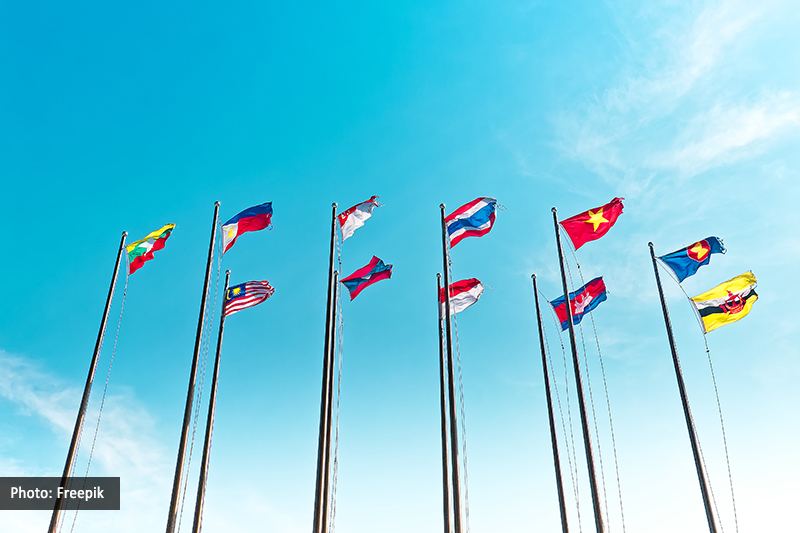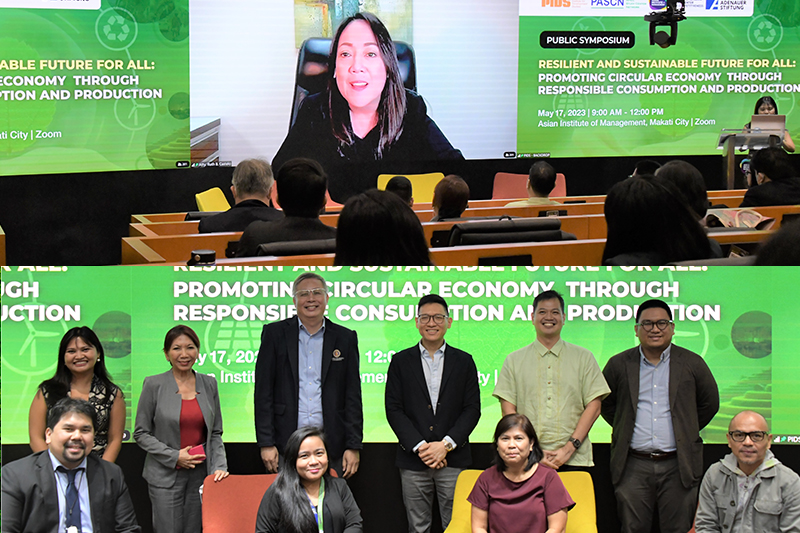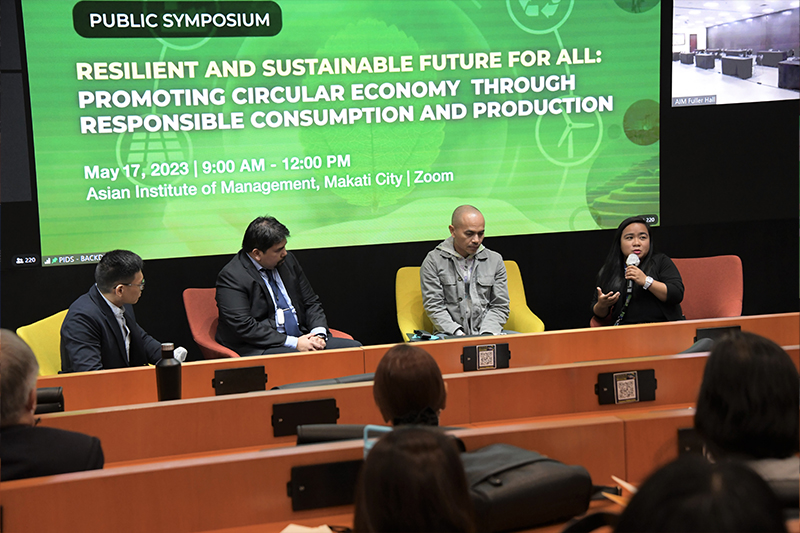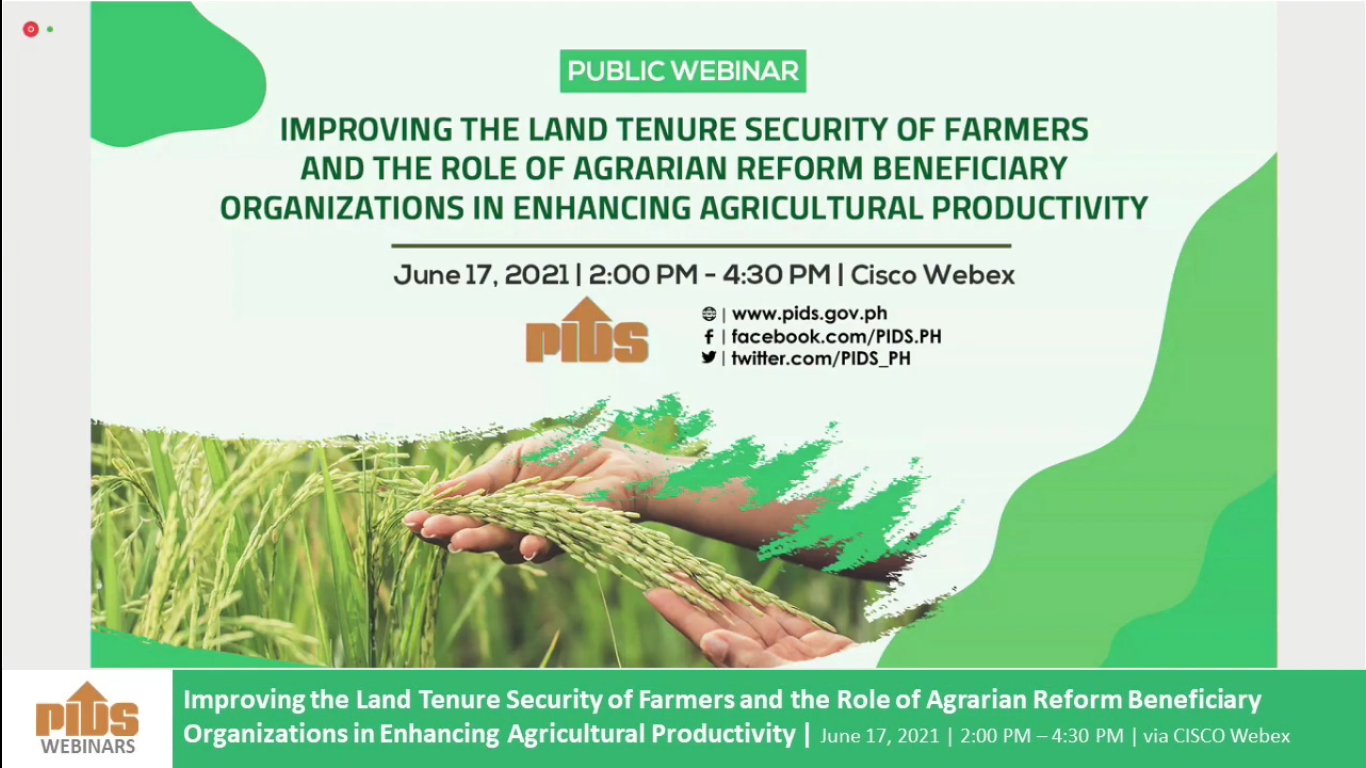The previous week’s column (01 July 2018) dealt with decoupled payments as safety nets for rice farmers as an appropriate and equitable response to the imminent lifting of the quantitative restrictions (QR) in the importation of rice and its replacement with tariffs. This is part of our commitment to the Uruguay Round Agreement on Agriculture (URAA) as a member of the World Trade Organization (WTO) and its predecessor, the General Agreement on Tariffs and Trade (GATT).
The lifting of quantitative restrictions will open up our domestic rice trade to the entry of cheap rice from Thailand, Vietnam and other sources. As a result, the retail price of rice will go down to the benefit of consumers. But will depress the farm gate of palay (unmilled rice) to the detriment of our already poor rice farmers who will become poorer.
Hence the need for safety nets to allow rice farmers time to adjust to the new price regime, either to raise their productivity to compete with imports, or to shift to other commodities and livelihoods where they can earn more.
Following are further clarification on what decoupled payments in agriculture are all about, their origins and purposes, and how they can be implemented to suit our national purposes, specifically our problem with rice.
Uruguay round agreement on agriculture
It all started with the multilateral free trade agreement (GATT) which was originally entered into by 23 countries in 1948 (the Philippines joined later) to eliminate harmful protectionism which brought down global trade 65 percent during the Great Depression (1930s). The primary purpose was to increase international trade by eliminating or reducing various tariffs, quotas and subsidies. It is claimed that GATT boosted world trade 8% a year during the 1950s and 1960s thus accelerating the rehabilitation of the economies of countries devastated during World War II.
From its inception in 1947, the member countries of GATT conducted nine rounds of trade negotiations. The ninth, and last, the Doha Round was started in 2001 and has yet to be concluded. The eighth round, the Uruguay Round brought major reductions in tariffs and agricultural subsidies (URAA). The Uruguay Round also led to the formalization of the WTO which succeeded GATT.
In order to ensure their domestic food supplies and provide adequate levels of incomes to households dependent upon agriculture, countries institute various policies and measures to support their rural economies. In addition to the usual research, extension, rural infrastructure and credit programs to enhance productivity, reduce costs and minimize risks, farming households are provided subsidies. In the case of the member-states of the European Union (EU), the system of subsidies paid to EU farmers are prescribed in the Common Agricultural Policy, better known as CAP.
In the case of the United States of America, the support their farmers receive are legislated in a succession of farm support laws, e.g. the Federal Agriculture Improvement and Reform (FAIR) Act of 1996; and the Farm Security and Rural Investments (FSRI) Act of 2002.
Domestic support to agriculture come in various forms and combinations but most commonly in the form of market price support and government procurement; input subsidies; tariffs, and import quotas. These measures provide incentives to farmers to grow more, often far in excess of national requirements. They lead to the proverbial “mountains of butter and rivers of milk” in Europe and North America. Without a local demand for these products, the developed countries dump the surpluses in the global market, sometimes as food aid, depressing food prices, to the detriment of developing country farmers who are unable to compete with the heavily subsidized products from the developed countries.
The URAA was intended to address and regulate these excesses. There were three major provisions: the member-countries pledged (actually are required) starting 1995 to 1) remove import quotas and replace them with tariffs, 2) reduce the volume and value of export subsidies, and 3) reduce over-all domestic support, and very importantly, re-direct their policies/measures to those with no or minimal distortive effects on production and trade. The mandated reductions/cuts are higher for developed countries, and more moderate for the developing countries. Further if the aggregate value of the support measures (Amber Box) subject to reduction commitments do not exceed 10% of the total value of agricultural production, developing countries are not obligated to reduce them (de minimis provision).
Production- and trade-neutral policies/ measures are specified in the so-called Green Box and are exempted from reduction commitments.
Among the Green Box measures are research and development, extension, rural infrastructure improvements, maintenance of buffer stocks, provision of food aid to distressed populations, and direct payments to producers which are not linked to production decisions. In contrast, the trade-distorting policies/measures are classified in the Amber Box. The aggregate monetary value of Amber Box measures are subject to reduction commitments as specified in the schedule of the individual WTO members. In an intermediate category are The Blue Box measures, which are direct payments to farmers under production limiting programs. The payments are based on fixed areas and yield, and based on 85% or less of the production in a defined base period.
Post QR scenario
As a member – country of the WTO/GATT we are obliged to comply with the provisions of URAA applicable to developing countries. Specifically with regard to rice, we have to lift QR of imports and replace them with tariffs.
Actually we are not giving up anything to comply. On the contrary, we have so much to gain. Our current policy of rice self-sufficiency and protection of the domestic rice industry has not really worked for us. Our retail price of rice is much higher than the world market price. The price support and procurement program of the National Food Authority (NFA) is a continuing big drain on government resources. And the rice farmers whom we want to protect remain poor.
About time we change direction.
The new scenario if we lift QR for rice and impose a uniform tariff of 35% has been worked out by Roehlano Briones and Lovely Ann Tidon of the Philippine Institute of Development Studies (PIDS) in a policy note published in 2015.
By their estimation, consumers will greatly benefit from a reduction of the retail price of rice by as much as P6.97 per kilogram.
However, farmers will suffer a significant loss of income with the decline of the farm gate price of palay by P4.56 per kilogram.
Our palay production will shrink by 2.4 million tons by 2022. And our rice imports will balloon to 4.4 million tons. The tariffs collected from rice imports will amount to P27–P28 billion per year.
A two-prong production strategy is in order. The less productive rainfed lowland and upland rice areas will have to move out of rice production and diversify to other crops. The remaining rice areas with irrigation will have to further raise their productivity and reduce costs to compete with imports.
These will require more research and development; better extension and advisory services;
affordable and readily accessible credit; rehabilitation and continuing expansion of irrigation;
more farm-to-market roads; more mechanization and closer integration of primary production with the markets, and the rest of the value chain. These are standard, continuing programs under the mandate of the national agencies, particularly the Department of Agriculture.
However, what is missing in the narrative is how do we help rice farmers cope with their immediate loss of income, while waiting for the benefits of the above programs to take effect.
Compensation schemes
to help rice farmers
The immediate need of the rice farmers can be addressed in three ways, namely: 1) traditional support e.g. price support and procurement by NFA; inputs (seeds and fertilizers) subsidies; consumer subsidies (Amber Box), 2) deficiency payments — compensations in the event that the commodity market price falls below a target price; based on volume and price differential (Blue Box), and 3) decoupled payments — lump sum payments not linked to commodity price and quantity and therefore do not influence production decisions (Green Box).
Under URAA the developed countries are phasing out the support measures in the Amber Box, and gravitating to the Blue and Green Boxes to minimize production and trade distortions and reduce costs. More and more countries are trending to decoupled payments.
We are coming to the same conclusion but not exactly for the same reasons. The price support and procurement program of NFA is wasteful, costly, prone to corruption and ineffective. We do not want a repeat of the fertilizer subsidy scam in the Department of Agriculture, and tales of overpricing of seeds, pesticides, fertilizers and tractors, ghost deliveries and ghost farmers.
In the case of deficiency payments, their determination based on individual farmers volume of production and price differential between target and market prices are time consuming and prone to corruption.
More transparent and less subject to fudging are decoupled payments based on land area which are recorded in land titles or tax declarations in the local assessors’ offices. All that is required is that the beneficiary is a registered farm operator/tiller in the Registry System for Basic Sectors in Agriculture (RSBSA) initiated by National Economic and Development Authority.
Conclusion
We should comply with our commitment/obligation under the URAA. We should repeal parts of R.A. 8178 and enact a new law to tarrify the imports of rice and mandate that the collected tariffs be dedicated exclusively for the benefit of the rice sector.
We should persevere in the further intensification of rice production in the favorable irrigated areas to enhance yield and reduce costs to compete with imports. But divert the less productive lowland rainfed and upland areas into other high value crops.
Finally, and this is the key message of this column, let us provide direct decoupled payments to rice farmers for a limited period to compensate for their immediate loss of income from market liberalization, as the more equitable sustainable approach compared with the other forms of farm subsidies. All of us, not just the rice farmers, should bear the burden of adjustment to market liberalization.
*****
Dr. Emil Q. Javier is a Member of the National Academy of Science and Technology (NAST) and also Chair of the Coalition for Agriculture Modernization in the Philippines (CAMP).
For any feedback, email eqjavier@yahoo.com.












